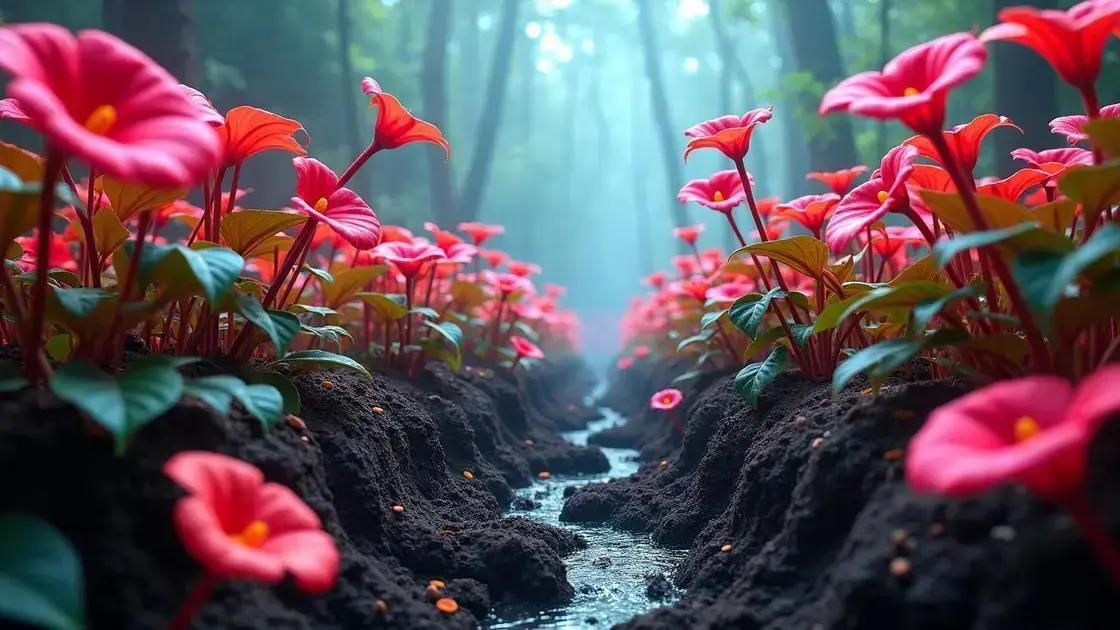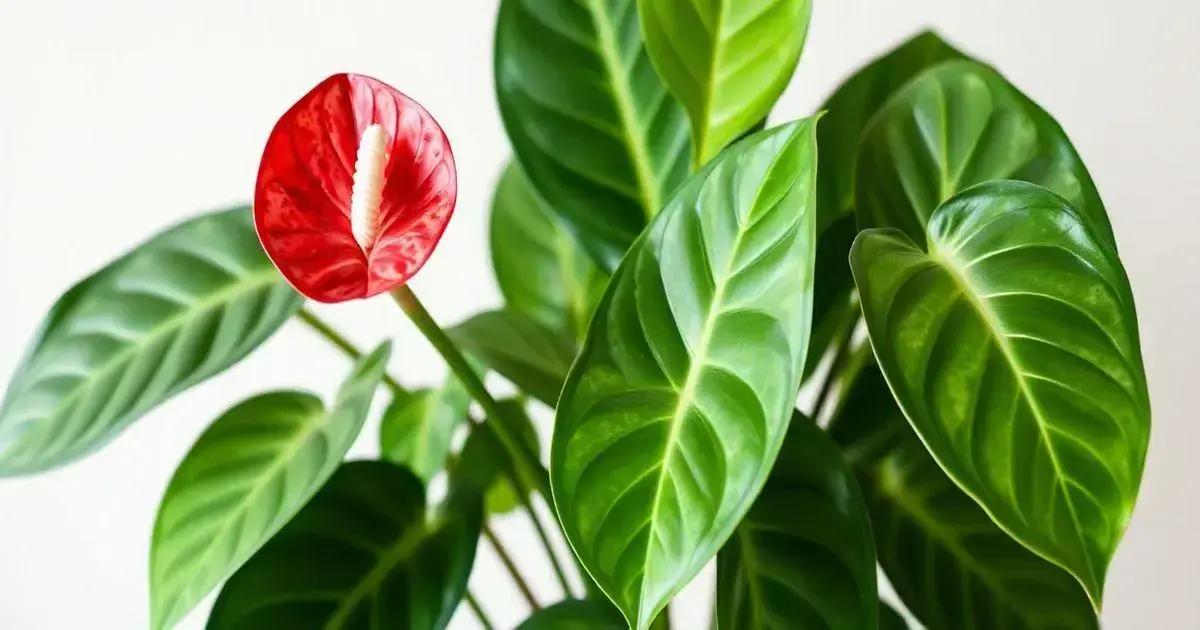How to Take Care of Anthurium Plants Indoors: 5 Essential Tips
How to take care of anthurium plants indoors? If you’ve ever marveled at their elegant flowers and vibrant leaves, you’re not alone. These stunning plants can brighten any indoor space, but they do require specific care to flourish. Understanding their watering, soil, and lighting needs will enable you to create a thriving environment. Dive into our essential tips for ensuring your anthuriums thrive indoors!
Table of Contents
ToggleWatering techniques for indoor anthurium care
Watering techniques for indoor anthurium care are crucial for maintaining the health and beauty of these stunning plants. Proper watering not only supports growth but also prevents common issues such as root rot. Here are some tips to ensure your anthurium thrives:
- Assess soil dryness: Before watering, check the top inch of soil. If it’s dry, it’s time to water.
- Water thoroughly: When watering, apply water evenly to saturate the soil. Ensure that excess water drains through the bottom of the pot.
- Frequency: Typically, water your anthurium every 1-2 weeks, depending on your home’s humidity and temperature.
- Use room-temperature water: Cold water can shock the plant. Allow your water to reach room temperature before use.
- Monitor humidity: Anthuriums prefer a humid environment. Use a humidity tray or mist the leaves lightly to maintain moisture levels.
By mastering these watering techniques, you can ensure your indoor anthurium receives the care it needs to flourish. For those interested in further enhancing their indoor gardening skills, consider exploring indoor gardening techniques that complement anthurium care.
Common mistakes to avoid
Many enthusiasts face challenges in watering their plants. Here are some mistakes to watch out for:
- Overwatering: This is the most common problem. Always check the soil moisture before adding more water.
- Using hard water: If your tap water is high in minerals, consider using distilled or rainwater.
- Neglecting drainage: Ensure your pot has drainage holes to prevent water accumulation.
Implementing these practices will set your anthurium up for success. Remember, listening to your plant is key; its leaves will indicate when it needs water or if it’s being overwatered. Enjoy nurturing your indoor anthurium with these effective watering techniques!
Optimal soil conditions for thriving anthuriums

Optimal soil conditions for thriving anthuriums are essential to promote robust growth and vibrant blooms. The right soil mixture not only supports healthy root development but also retains necessary moisture while allowing for adequate drainage. Here’s how to create the perfect mix for your anthurium:
- Soil type: A well-draining soil is critical. Look for a potting mix designed for orchids or a blend of peat moss and coarse perlite.
- pH level: Anthuriums thrive in slightly acidic soil with a pH of about 5.5 to 6.5. Use pH test kits to check your soil’s acidity.
- Organic matter: Incorporate organic compost to boost nutrients and improve soil structure. This supports the overall health of your plant.
- Drainage: Ensure the container has drainage holes to prevent water accumulation. Using a terracotta pot can help absorb excess moisture.
Creating a soil mixture
For best results, consider this simple soil mixture for your anthurium:
| Component | Ratio |
|---|---|
| Peat moss | 40% |
| Orchid bark | 30% |
| Perlite | 20% |
| Organic compost | 10% |
This combination keeps the soil airy and promotes drainage while providing essential nutrients.
Common mistakes to avoid
When managing soil conditions for your anthuriums, be mindful of these common pitfalls:
- Using standard potting soil: This can retain too much moisture and lead to root rot.
- Neglecting drainage: Always select containers that allow excess water to escape.
- Ignoring nutrient needs: As your plant grows, refresh the soil with organic matter to support it.
Introducing suitable soil conditions will ensure your anthuriums continue to flourish indoors. For additional tips on enhancing your indoor plant care, consider exploring indoor gardening techniques that can complement your efforts.
Sunlight needs for healthy anthurium plants
Sunlight needs for healthy anthurium plants are pivotal for their growth and vibrant blooms. Understanding how much light your anthurium requires will help create an ideal growing environment. Here’s how to optimize sunlight exposure for your plants:
- Indirect light: Anthuriums thrive best in bright, indirect sunlight. Direct sunlight can scorch their leaves.
- Positioning: Place your anthurium near a north or east-facing window for optimal light without harsh rays.
- Supplementary lighting: During darker months, consider using grow lights to ensure your plant receives adequate light.
- Rotation: Rotate your plant every few weeks to promote even growth on all sides.
Signs of improper lighting
Monitoring your anthurium will give insights into its lighting conditions. Look for these indicators:
- Yellowing leaves: This may indicate too much sunlight or overwatering.
- Leggy growth: If your anthurium stretches toward the light, it may not be receiving enough.
- Brown tips: Browning leaf tips typically suggest it’s getting too much direct sunlight.
By understanding the sunlight needs for your anthurium, you can maintain lush, green foliage and striking flowers. To further enhance your indoor gardening experience, consider exploring indoor gardening techniques that support other plant varieties.
In conclusion
Caring for anthurium plants indoors requires attention to various factors including optimal watering techniques, soil conditions, and sunlight exposure. By implementing the essential tips provided, you can ensure that your anthuriums thrive and add beauty to your indoor space. If you’re eager to learn more about enhancing your indoor gardening practices, consider exploring additional resources, like these tips on enhancing your indoor garden.

